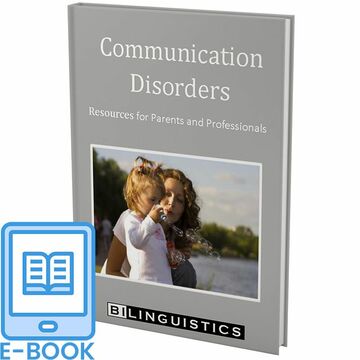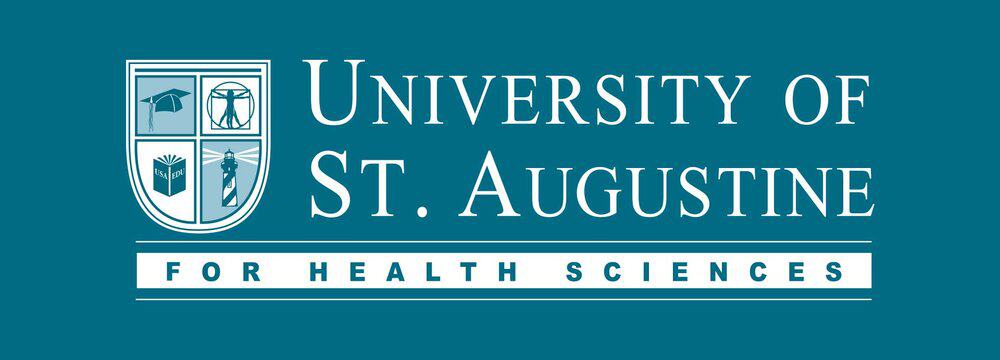Greater confidence serving diverse children is only a few hours away.
The research, content, and materials included in this course have been field-tested by speech pathologists throughout the United States and Mexico. We have seen first-hand how professionals have made dramatic improvements to the population they serve. These trainings and downloadable resources have been consolidated into one easily accessible online course.

- Each lesson takes about one to two hours to complete and is densely packed with information, materials, and research-based interventions that can be applied to your caseload today.
- The content of these lessons is designed to have an immediate impact on how you interact with children and professionals. We encourage you to jump around and tackle the topic that will help you the most right now or select the course that is of the greatest interest to you. Courses will be marked complete as you move along.
Here is the process:
- Click on the lesson links below.
- Each lesson has a video accompanied by handouts and related materials to be used for therapy and evaluations.
- Lessons can be taken in any order.
- At the end of each lesson you will take a short quiz.
- After completing all lessons you will receive your certificate.
We suggest you start with the Difference or Disorder? courses on speech and language because they are the foundation for understanding how to serve diverse populations well. Enjoy!
“Only by providing culturally and linguistically appropriate services can we provide the quality of services our clients/patients deserve. Regardless of our personal culture, practice setting, or caseload demographics, we must strive for culturally and linguistically appropriate service delivery.”
ASHA’s Multicultural Issues Board
Read More
Effectively treating and evaluating multicultural populations has a dramatic impact on solving some of the greatest current needs of our field: caseload size, over-identification, and budget and staff shortfalls. This series of 10 online presentations included therapy materials, goal banks, charts of developmental norms and parent/teacher resources.
Difference vs. Disorder – Speech Development
Participants will:
- Understand typical speech development for bilinguals
- Identify typical speech processes of bilinguals
- List similarities in typical monolingual and bilingual speech development
- Identify speech intervention goals for bilingual children
Difference vs. Disorder – Language Development
Participants will:
- Understand the need for all SLPs to have CLD training
- Describe a framework for categorizing difference and disorder
- List three types of errors that children learning two languages can make
- Identify similarities and differences in typical monolingual and bilingual language development
- Understand developmental errors, cross-linguistic errors, and atypical errors
- Describe language structures that are subject to second language influence in second language learners
Working with Interpreters
Participants will:
- Describe procedures for working and collaborating with interpreters during speech and language assessment, treatment and speaking with parents in ARD/IEP meetings.
- Describe cultural issues when working with students and families from other cultures, with emphasis on the bilingual Spanish-English population
- Use or inform interpreters of appropriate vocabulary and scripts in Spanish that are culturally sensitive to explain the ARD/IEP paperwork and processes to parents
Ethical Considerations
Participants will:
- List laws and codes of ethics pertaining to speech language pathologists
- Describe legal issues that relate to serving a bilingual population
- Discuss ethical issues related to working with culturally and linguistically diverse populations through use of case studies
- Identify sections of the Codes of Ethics that assist in decision-making for case studies
Effectively Evaluating Young Children
Participants will:
- Describe formal and informal measures for testing ELLs
- Use tests when a student is not represented in the normative sample
- Discuss ASHA guidelines for assessment with bilingual students
- Identify red flags for speech and language impairment in bilingual children.
- Identify sounds on the Goldman-Fristoe that are subject to second language influence
Increasing Parent and Teacher Involvement
Participants will:
- Understand the importance of family involvement
- List the factors affecting parent involvement
- Discuss theoretical models of social systems
- Use strategies to increase family involvement in intervention
Collaborating with teachers to make great referrals
Participants will:
- View RTI from a broad perspective
- Introduce a macro approach to looking at the results of RTI and further driving accurate assessment
- Evaluate the make-up of students in special education
- Show how RTI can reduce caseload work, better identify students, and reduce special education spending
Evaluating Students from Diverse Populations
Participants will:
- List reasons for testing both languages
- Describe formal and informal measures for testing ELLs
- Use tests when a student is not represented in the normative sample
- Discuss ASHA guidelines for assessment with bilingual students
- Identify red flags for speech and language impairment in bilingual children.
- Identify sounds on the Goldman-Fristoe that are subject to second language influence
Language Intervention Strategies for Monolingual and Bilingual Children
Participants will:
- Understand the cognitive process for acquiring language abilities and new vocabulary
- Discuss therapy plans that effectively serve children from second-language backgrounds
- List cultural and socio-economic issues that can affect therapeutic outcomes
- Identify language intervention goals for bilingual children
Success with Speech Sound Disorders
Participants will:
- List subgroups of speech sound disorders
- Describe differences in articulatory and phonological development and error patterns in Spanish and English
- Discuss existing therapy approaches and programs for addressing speech sound disorders
- Understand which strategies are most appropriate for a child, depending on his/her types of errors
Time-Ordered Agenda
05 minutes – Introduction
1.5 hours – Course: Difference vs. Disorder: Speech Development
2.0 hour – Course: Difference vs. Disorder: Language Development
2.5 hours – Course: Working with Interpreters
2.0 hours – Course: Ethical Considerations with CLD Populations
1.0 hour – Course: Evaluation of Young Children from Second Language Backgrounds
1.0 hour – Course: Increasing Parent & Teacher Involvement
1.5 hours – Course: Collaborating with Teachers to Make Great Referrals
1.5 hours – Course: Evaluating Students from Second Language Backgrounds
1.5 hours – Course: Language Intervention Strategies for Monolingual and Bilingual Children
1.5 hours – Course: Success with Speech Sound Disorders
05 minutes – Course quiz and evaluation


